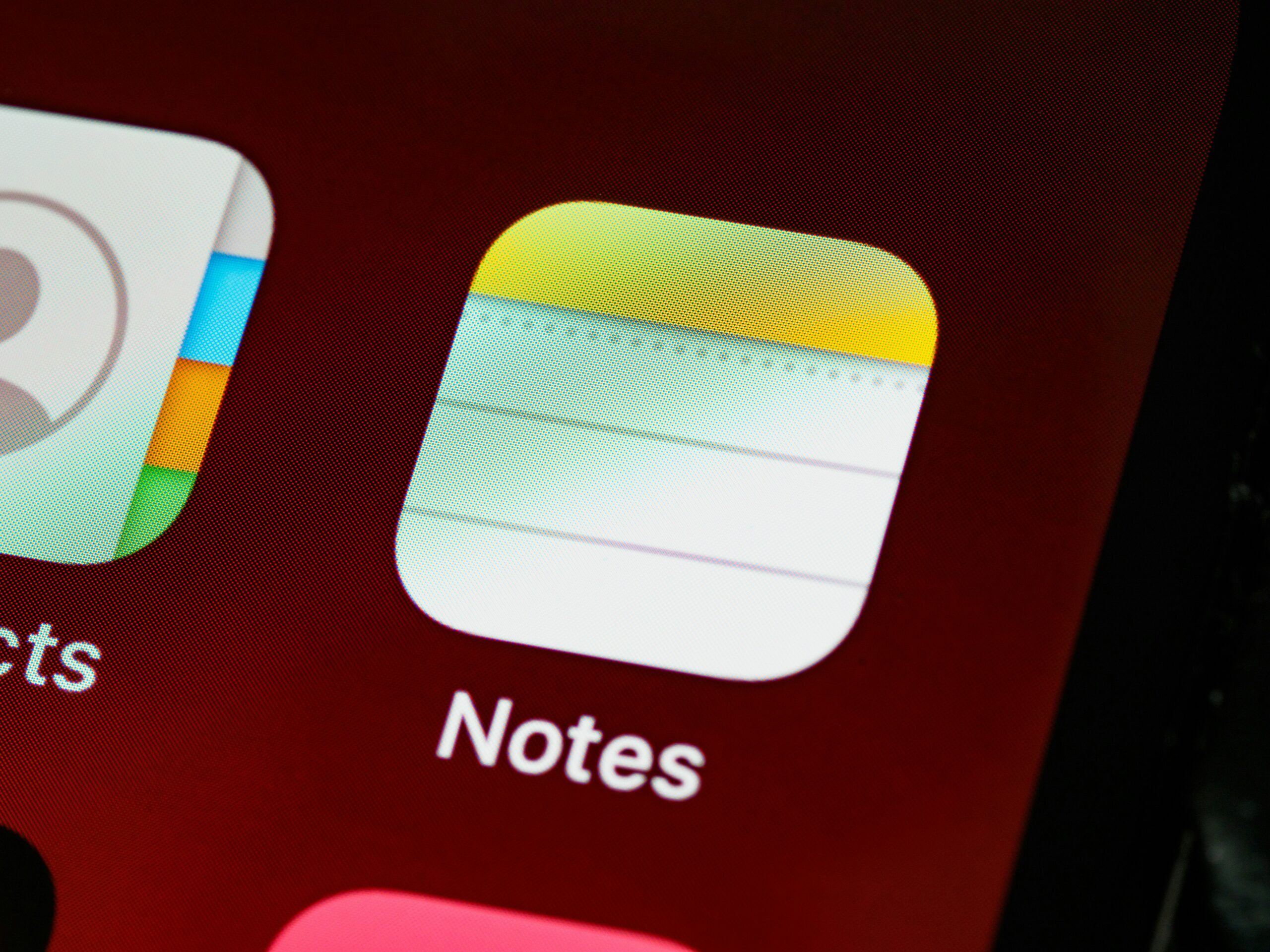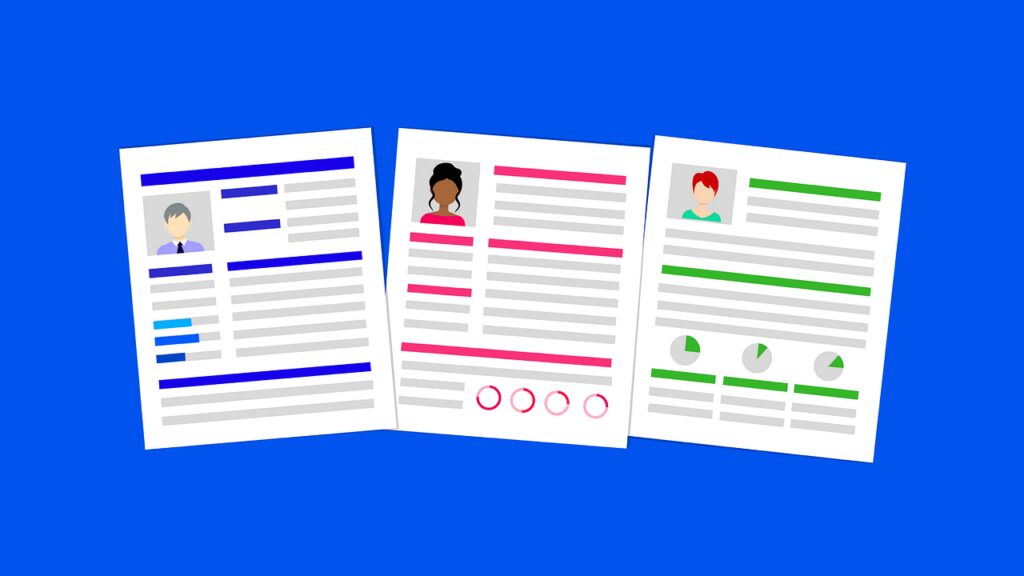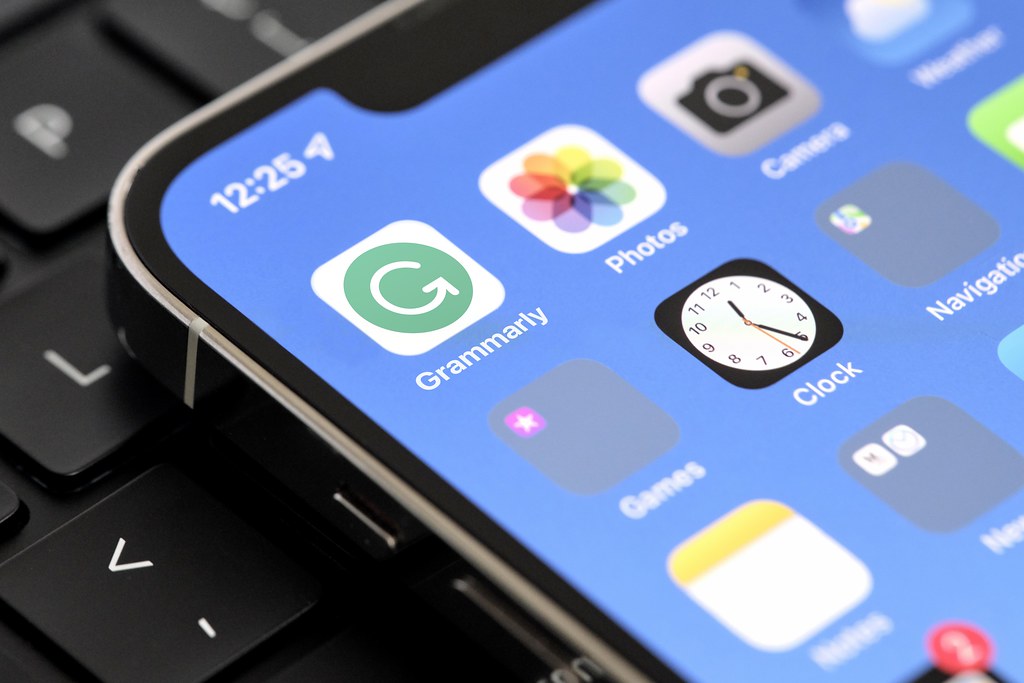Best Time Management Apps for Students
In today’s fast-paced world, time management has become an essential skill for students. With numerous assignments, exams, extracurricular activities, and social commitments, it can be challenging to stay organized and make the most of your time. Luckily, there are several time management apps available that can help students effectively manage their schedules and increase productivity. In this article, we will introduce some of the best time management apps for students and explore their advantages. 1. Todoist Todoist is a popular task management app that allows students to create to-do lists, set deadlines, and prioritize tasks. It provides a clean and intuitive interface, making it easy to organize and manage your daily, weekly, and monthly tasks. With features like reminders, sub-tasks, and labels, Todoist helps students stay on top of their assignments and track their progress. The app is available on multiple platforms, including web, iOS, and Android, ensuring that you can access your tasks from anywhere. Advantages: Efficient task management with intuitive interface Ability to set deadlines and prioritize tasks Reminders and notifications to stay on track Sync across multiple devices for easy access 2. Forest Forest is a unique time management app that helps students stay focused and avoid distractions. The app uses a gamified approach, where you plant a virtual tree and set a timer for a specific task or study session. As long as you stay focused and don’t leave the app, your tree will grow. However, if you exit the app, your tree will wither. This visual representation of your productivity encourages you to stay on task and avoid wasting time on social media or other distractions. Forest also allows you to track your progress and earn rewards for your focused sessions. Advantages: Gamified approach to improve focus and productivity Visual representation of productivity with virtual trees Ability to track progress and earn rewards Encourages avoidance of distractions 3. Evernote Evernote is a versatile note-taking app that can be a valuable tool for students to manage their schedules and stay organized. It allows you to create and organize notes, to-do lists, and reminders, making it easy to keep track of important information and deadlines. With its powerful search functionality and synchronization across devices, Evernote ensures that you can access your notes anytime, anywhere. Additionally, you can attach files, images, and web clippings to your notes, making it a comprehensive tool for storing and retrieving information. Advantages: Efficient note-taking and organization Ability to attach files, images, and web clippings Powerful search functionality for easy retrieval Synchronization across devices for accessibility 4. Trello Trello is a popular project management app that can be particularly useful for students working on group projects or assignments. It uses a card-based system, where you can create cards for each task or assignment and move them across different boards to track progress. Trello allows you to assign tasks to team members, set due dates, and add comments or attachments to each card. With its intuitive interface and collaboration features, Trello helps students stay organized and ensures that everyone is on the same page when working together. Advantages: Effective project management for group assignments Card-based system for tracking progress Collaboration features like task assignment and comments Intuitive interface for easy organization In conclusion Time management is crucial for students to succeed academically and maintain a healthy work-life balance. The mentioned apps, Todoist, Forest, Evernote, and Trello, offer unique features and advantages that can help students stay organized, improve focus, and increase productivity. Whether you are looking for a task management app, a focus-enhancing tool, a note-taking app, or a project management solution, these apps provide valuable resources to manage your time effectively. Choose the app that aligns with your needs and start optimizing your time today!








